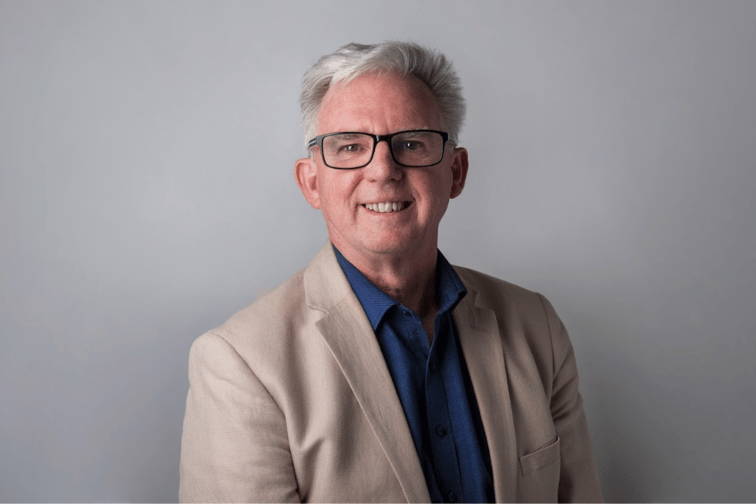

It’s 21 years since the collapse of HIH Insurance, Australia’s worst ever corporate bankruptcy. Insurance Business has approached a range of industry veterans to find out how they experienced the events of March 2001 and their thoughts on the impacts of this disaster.
“The financial impact and the broad base of the impact of the HIH collapse was staggering,” said Russell Williams (pictured), Operations Manager Federal Government for Gallagher Bassett (GB), based in Melbourne.
Since 2009, Williams has led GB’s Comcover claims team who manage the Commonwealth Government’s claims portfolio. The role came straight off the back of his job heading the HIH Claims Support Scheme. That scheme, initially a team of 50 staff run by GB, was set up by the federal government to deal with the fallout from the HIH collapse.
“When they [the federal government] started the scheme there were two purposes,” said Williams.
“One was obviously to manage claims for people, but it was also to assess the total liabilities of HIH and the claims that were outstanding and what the reserve position for the group really was - not what had been written in their reports,” he explained.
Williams said the financial situation of HIH prior to their collapse was far worse than many thought.
“Yes. Much worse. It seemed at the time that they were clearly trading while they were insolvent,” said Williams.
He said his claims team found large claims with minimal reserves.
“I remember a statistic,” said Williams. “I don’t know why it stuck in my head but between September 2001 and December 2001 we’d added in excess of a million dollars in reserves. This obviously didn’t please the liquidator all that much - but I thought that was staggering,” he said.
The collapse not only impacted HIH policyholders but also thousands of service providers connected with HIH. There were law firms, said Williams, where HIH had encouraged partners to leave major firms on the promise of HIH work.
“They [law firms] were left stranded owing millions of dollars,” he explained.
There were also motor vehicle repairers and builders chasing up repair bills from mom and dad businesses.
“So it wasn’t just an impact to HIH policyholders - it had a much bigger impact, right across the nation, I think,” said Williams.
At the time of the disaster and just before taking up his role with GB, Williams was insurance and risk manager at Crown Casino.
“We [Crown Casino] were considering placing an excess workers’ comp policy with the HIH Group. I’d spoken to a friend of mine in the industry about it and he’d warned me that he didn’t think HIH were financially in a good place,” said Williams.
He started work with GB in the now infamous month of September 2001.
When Williams was asked to lead the HIH Claims Support Scheme, one of his biggest challenges was dealing with an arrangement between the liquidator and the Department of the Treasury.
“We weren’t able to reverse any indemnity decisions that might have been made at the time unless there was a challenge by the policyholder,” he said.
Williams said they found some “very ordinary indemnity decisions” where a policyholder was told that they weren’t covered for a loss and, he said, the decision was clearly wrong.
“But under the arrangement in place we weren’t able to just change it. We couldn’t just reverse that decision without some complaint or action from the policyholder,” he said.
They’d often encourage policyholders to pursue further action through other channels.
“There was one claim I remember where there was a note placed on the file to deny the claim and wait to see what happens. We thought that was appalling,” said Williams.
The policyholder did challenge the decision and Williams’ team was able to help recover their million-dollar claim.
During the years of the scheme, Williams’ team was very closely scrutinized by multiple government audits, including by the liquidator and the Treasury. These reviews were generally very complimentary about the work Williams and his team were doing.
“We were really proud of the work that we did. We felt that it had real purpose,” he said.
According to a Treasury report, by mid-2004 about half of the 10,953 eligible claims had been finalised. By mid-2008, “the vast majority of claims” were paid.
“It was unique [the HIH Claims Support Scheme] and it was a very brave step for the government to step in. The government had never stepped in before like this to help private enterprise and impacted policyholders,” said Williams.
He said GB learned a lot about managing costs, thinking differently about how to resolve claims and bringing parties together to find a resolution.
Another important lesson for some insurers after the disaster: “If there’s a legitimate claim and it costs you a million dollars, you pay a million dollars,” he said.
Has the rest of the insurance industry learned from the HIH experience? Williams said the behaviour by some insurers revealed by the last Royal Commission made him wonder.
“You question whether we’ve really learned over the years,” he said. “If you don’t manage issues yourself then you’ll end up having government intervention and as much as we want to avoid that the only way to avoid that is to make sure you’re doing the right thing all the time,” said Williams.
